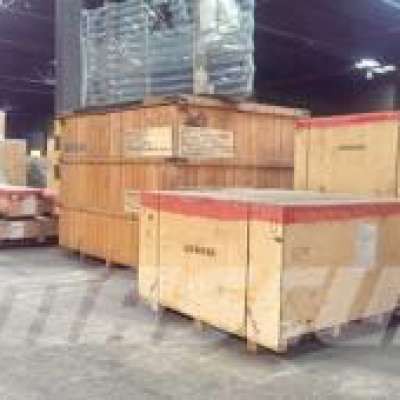How Small Is It - 01 - Preface (1080p)
Text at http://howfarawayisit.com/documents/
Hello and welcome to the “How Small Is It” video book. This is a sequel to my first video book on “How Far Away Is It”, where we started in my backyard and went all the way to the edge of the physical universe, explaining along the way how we knew how far away things were.
In this video book, we’ll start again from my backyard, but we’ll move down to how small the smallest things can get.
I’ve been motivated by two things to do this video:
• One is the success of “How far away is it” - hundreds of thousands of hits and millions of minutes watched. It’s been very gratifying.
• The second is that, in 1972 I studied Quantum Field Theory for my Master’s degree at Oxford University, and recently, the Higgs boson has been discovered. It’s the boson for a field that was just beginning to be talked about back in the early 70s. So it’s very exciting.
But I noticed that explanations are so over simplified that they are actually misleading. I heard one explanation that called the Higgs boson a kind of molasses that slowed things down. It’s not anything like that. But it’s not so mysterious, that we can’t understand it.
So as we get down to how small things can get, we’ll finish with: the Higgs boson – what it is; the Higgs field – what it does; and the CERN hadron collider that finally found it.
In our first chapter on the microscopic, we’ll use microscopes and the wave-particle duality for electrons to understand how an electron microscope works. And then use the electron microscope to see down to a carbon atom.
In the second chapter, we’ll go into the atom. We’ll scatter alpha particles into the atom to find the nucleus. We’ll cover the rules of quantum mechanics as we get deeper and deeper into the working of an atom to help us understand how fields can have sizes, and to set the stage for the Higgs Boson.
In the third chapter, we’ll find a whole lot of new elementary particles (some of them not so elementary) - a lot more than the electron, proton, photon, and neutron that came from cosmic rays bombarding us from outer space. We’ll also probe the proton - much like Rutherford scattering probed the atom. We’ll discover quarks on the inside of the proton and the neutron. And we’ll lay the stage for the Standard Model of Particle Physics.
In the final chapter, we’ll finish off the standard model by explaining force particles – bosons: the gluons that bind the quarks, and the photon for the electromagnetic force. And then, we’ll get into the Higgs boson.
Like we did with “How far away is it”, we’ll explain along the way how we know how small things are.
The pictures aren’t as grand as the Hubble pictures of grand spiral galaxies, but I trust you’ll find the story is interesting and informative.
Thank you.
STEM

 ACG Tax Service
ACG Tax Service 
 FoCo Appliance Repair
FoCo Appliance Repair 
 admin
admin 















